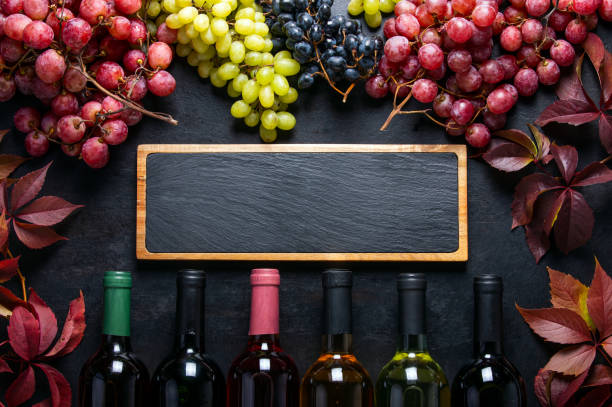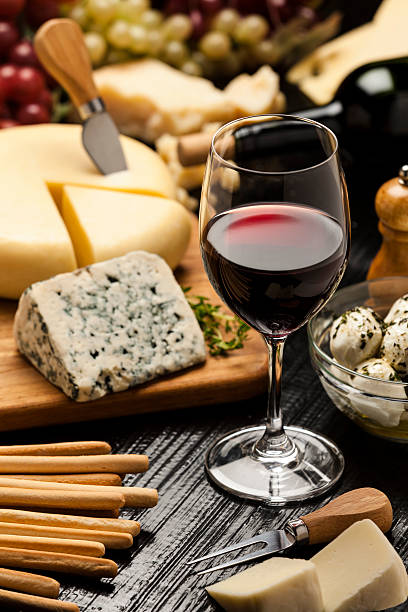Introduction:
Embarking on the journey of wine tasting is a delightful adventure that transcends the mere act of sipping a beverage. To truly appreciate the complexity and nuances of wine, one must delve into the sensory experience it offers. Three key elements play a pivotal role in this journey: appearance, aroma, and mouthfeel. By understanding and honing your senses in these domains, you can elevate your wine-tasting experience to new heights.
- Appearance: The Prelude to Pleasure
The visual aspect of wine provides valuable insights into its character and quality. When examining the appearance of wine, focus on the following aspects:
a. Color: Hold your glass against a white background and observe the hue. White wines range from pale straw to deep gold, while red wines span from ruby to garnet and even purple for younger wines. The color intensity can offer clues about the grape variety, age, and winemaking process.
b. Clarity: Swirl the wine gently and note its clarity. A hazy appearance might indicate faults or sediments, while a clear and bright wine suggests quality and proper handling.
c. Viscosity: Swirl the wine again and observe how it clings to the sides of the glass. Higher viscosity, often referred to as “legs” or “tears,” can indicate a fuller-bodied wine with higher alcohol content.
Understanding the visual cues sets the stage for a more informed exploration of the wine’s personality.
- Aroma: The Symphony of Scents
The aroma of a wine is a complex interplay of its grape variety, winemaking techniques, and aging process. To fully appreciate the aromatic profile, follow these steps:
a. Swirling: Give your glass a gentle swirl to release the volatile compounds in the wine. This action allows the aromas to reach your olfactory senses more effectively.
b. Sniffing: Inhale deeply and take note of the primary, secondary, and tertiary aromas. Primary aromas originate from the grapes, secondary aromas develop during fermentation, and tertiary aromas evolve during aging.
c. Descriptors: Try to identify specific scents such as fruits, flowers, spices, or even earthy notes. The more you practice, the more attuned your nose becomes to the subtle nuances in each wine.
A well-developed sense of smell enhances your ability to unravel the layers of complexity within the glass.
- Mouthfeel: The Texture of Taste
Mouthfeel, also known as the wine’s texture, is a critical aspect that contributes to the overall tasting experience. Pay attention to the following elements:
a. Body: Assess the weight of the wine on your palate. Wines are often classified as light, medium-bodied, or full-bodied. This characteristic is influenced by factors like alcohol content and grape variety.
b. Tannins: In red wines, tannins contribute to a sense of dryness and astringency. Evaluate the level of tannins and how they interact with the other components of the wine.
c. Acidity: Acidity provides freshness and balance to the wine. Notice the level of acidity by the tingling sensation on the sides of your tongue. It can range from crisp and refreshing to soft and round.
By understanding the mouthfeel, you can discern the structure and overall harmony of the wine.
Conclusion:
Wine tasting is a sensory journey that engages sight, smell, and taste in harmonious unity. Armed with an understanding of appearance, aroma, and mouthfeel, you can approach wine with confidence and a heightened appreciation for its intricate beauty. Take the time to explore various wines, refine your palate, and let the rich tapestry of flavors and aromas transport you to the vineyards where each bottle began its remarkable journey. Cheers to the art of wine tasting!




